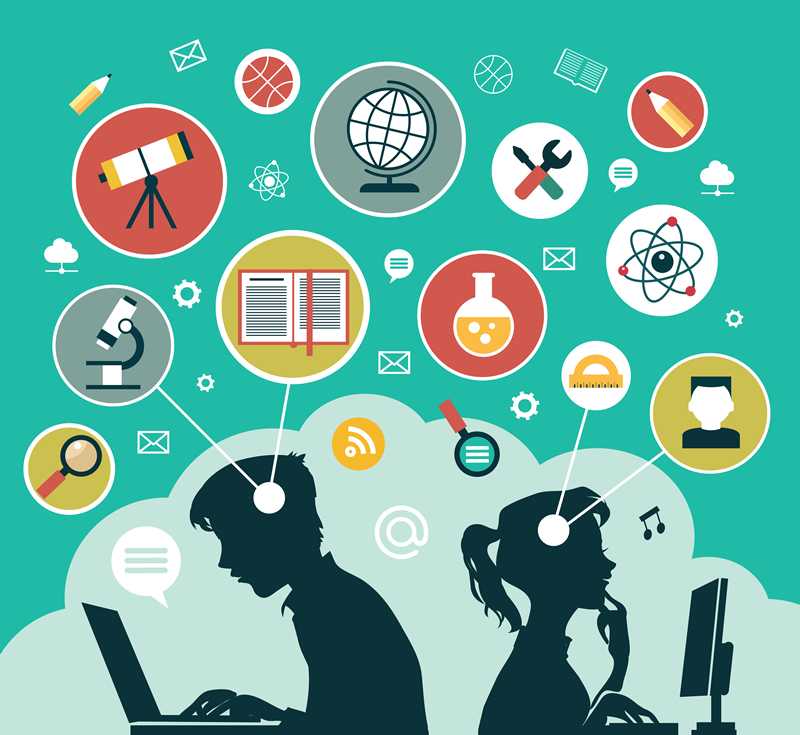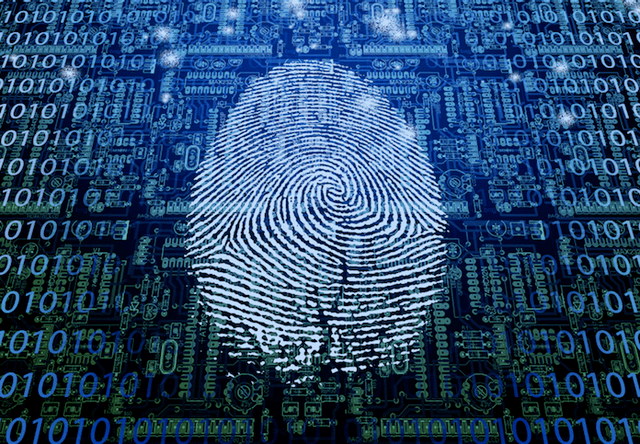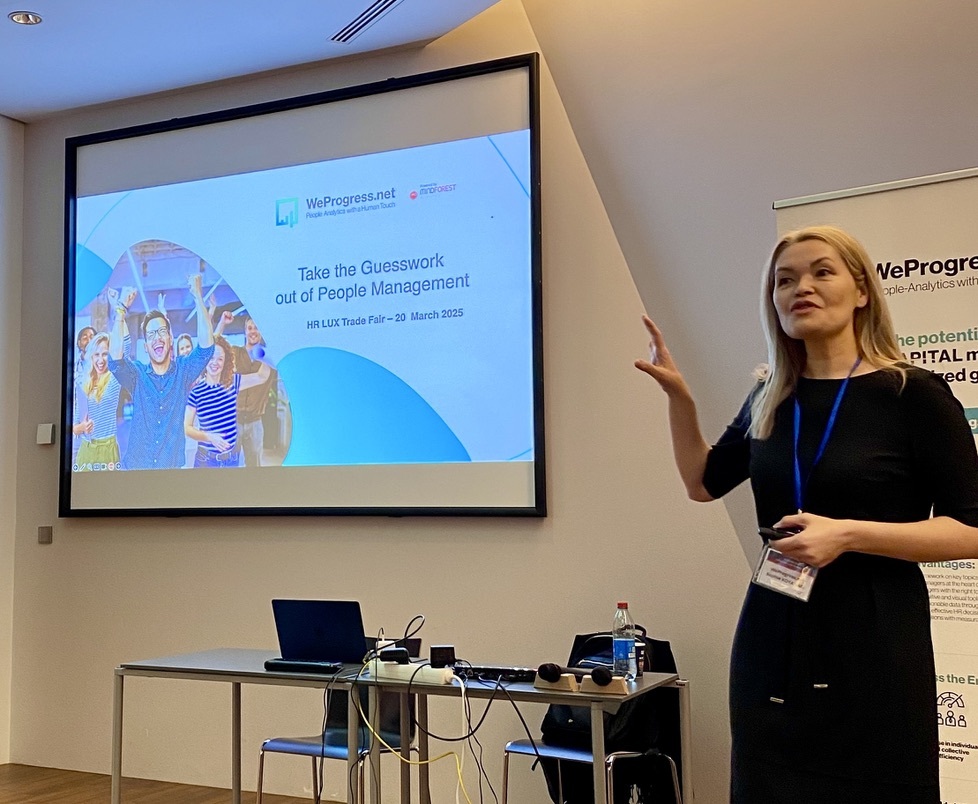Digital Literacy for Everyone!
Digitalisation has been a huge talking point over the past couple of years and has become even more meaningful since the rise of the COVID-19 pandemic. Remote work, home schooling and communicating at a distance have all played a major role in limiting social interactions to a minimum as means of preventing the virus from bringing down our health care systems.
The 6 distinct dimensions
Coping with an increasingly digital world challenges us to become more and more digitally literate. This implies the question: which factors determine digital literacy? Does it really just come down to being technically proficient, as in being able to use technical devices in both personal and professional environments?
Health Education England (HEE) defines digital literacy as follows: “The capabilities that fit someone for living, learning, working, participating and thriving in a digital society”. This definition reveals there is a more complex construct that determines our ability to deal with the challenge of digitalisation. The UK’s National Health Service (NHS) further suggests a Health and Care Digital Capability Framework (based on the Jisc Digital Capacity framework), which decomposes the term of digital literacy into 6 distinct dimensions:
1. COMMUNICATION, COLLABORATION AND PARTICIPATION
Communication, collaboration and participation describes our ability to use digital technologies to communicate effectively with the people who surround us. Effective communication will eventually lead to a more collaborative environment, where ambitions and needs are widely understood. With the rise of COVID-19, many meetings have been relocated to digital platforms such as Teams or Zoom; time has shown that the better participants handle those communication tools, the more willing they are to share knowledge and experience and therefore to move towards shared goals.

2. TEACHING, LEARNING AND SELF-DEVELOPMENT
Teaching, learning and self-development refers to actively relying on digital technologies for personal learning and professional development. Webinars enable employees to have access to a vast range of self-development opportunities – all it requires is the respective hardware and a stable internet connection. What does this mean from a management perspective? Superiors should promote and favour a learning environment which empowers employees to determine their own training needs.
3. INFORMATION, DATA AND CONTENT LITERACY
Information, data and content literacy is essential to managing digital information and constitutes a primary requirement in the field of data analysis and interpretation. How we manage digital content has an enormous impact on our communication, collaboration and participation skills, which explains why it is so important to benefit from self-developing activities
4. CREATION, INNOVATION AND RESEARCH
Creation, innovation and research describes our ability to use digital technologies to create new ideas, improve the quality of our services and promote creativity within the organisation. Mastering this skill enables to act as a digital champion or change agent and therefore help co-workers overcome technical challenges.
5. TECHNICAL PROFICIENCY
Technical proficiency is nonetheless an important aspect when speaking of digital literacy, since it is linked to one’s ability to use technical devices in both a personal and professional context. Being technically proficient paves the way for the application of the above-mentioned skills, since it reflects our ability to use software and applications which facilitate social interaction at a distance; employees are more likely to apply their technical knowledge to solve problems and help others to overcome technical challenges.

6. DIGITAL IDENTITY
Lastly, our digital identity symbolises according to HEE “the ability to develop, promote and safeguard appropriate digital identity(-ies) that support a positive personal and organisational reputation”. Being aware of one’s digital identity implies being able to understand the impact of “your own and others’ activities on the environment”.
It becomes clear, that many distinct factors describe how we interact in a progressively digital world. Our digital skillset is directly related to both personal and organisational digital culture and maturity level. Whenever a company plans to become more digital, not only will internal processes change, employees will have to adapt their working habits, too. Managers should bear in mind that changing habits and structures will have different outcomes on a heterogenic workforce. In order to encourage employees to improve their digital literacy, their current level of maturity must be acknowledged; they should be empowered to adapt to a new way of working.
You may find more information on how to perform a reality check and favour new ways of thinking by reading the article Mind the Digital Gap.
Let us help you!
WANT TO RECEIVE OUR LATEST THOUGHT LEADERSHIP CONTENT?
Related posts
 Take the Guesswork out of People Management
Take the Guesswork out of People Management
 From processes to people: achieving quality
From processes to people: achieving quality
 Daring to lead Positive Transformation: What if Positive Emotional Capital was your key to sustainable change?
Daring to lead Positive Transformation: What if Positive Emotional Capital was your key to sustainable change?
 Why hire Change management professionals? We can do it alone!
Why hire Change management professionals? We can do it alone!
 Digital Transformation and Change Management: Lessons shared in an event hosted by Cebi and MindForest
Digital Transformation and Change Management: Lessons shared in an event hosted by Cebi and MindForest



